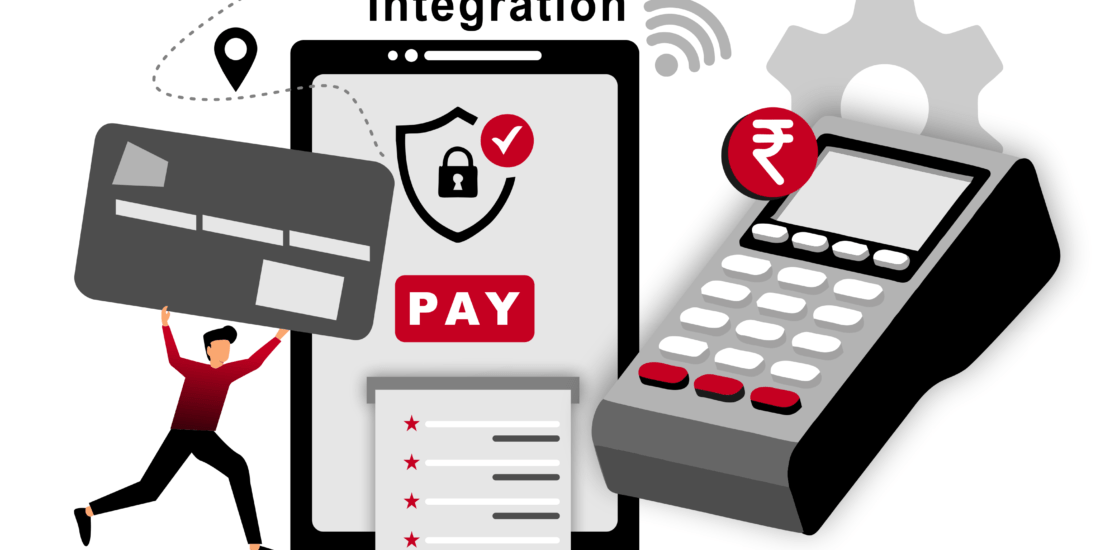- December 19, 2023
- Posted by: immensesofts
- Categories:

Payment Gateway Integration
Payment Gateway Integration or merchant account integration is a process of accepting payment on the website itself. The website owner displays his products and services on his website and the customer visiting to the website is able to pay online only, using his credit / debit card or internet banking account, in whichever mode you are convenient. It facilitates an effective communication between you and your customer along with both of yours’ financial institutions. This gateway is a liaison between your website and the whole world over the internet.
Payment gateway integration refers to the process of connecting a payment gateway to an e-commerce or online retail platform to facilitate online transactions. Here’s a detailed description of what it involves:
- Selection of Payment Gateway: Choose a payment gateway provider that suits your business needs in terms of supported currencies, countries, transaction fees, security features, and ease of integration with your platform.
- Merchant Account Setup: Set up a merchant account with the chosen payment gateway provider. This account is where funds from customer transactions will be deposited before being transferred to your business bank account.
- Integration Planning: Plan the integration process, including understanding the APIs and documentation provided by the payment gateway provider. Decide whether you will integrate directly via APIs or use a hosted payment page.
- Development: Depending on your platform (e.g., website, mobile app), your development team will integrate the payment gateway using the provided APIs. This involves coding the necessary functionality to initiate transactions, handle responses, and ensure security.
- Testing: Thoroughly test the integration in a sandbox or test environment provided by the payment gateway. Test different scenarios such as successful payments, failed payments, refunds, and chargebacks to ensure everything functions correctly.
- Compliance and Security: Ensure compliance with PCI DSS (Payment Card Industry Data Security Standard) requirements to protect customer payment information. Implement additional security measures as recommended by the payment gateway provider.
- Go Live: Once testing is successful and you’re satisfied with the integration, switch to live mode. Update configurations to point to the live environment of the payment gateway so real transactions can be processed.
- Monitoring and Maintenance: Regularly monitor transaction logs and performance metrics. Stay updated with any changes from the payment gateway provider and implement necessary updates or improvements.
- Customer Support Integration: Integrate customer support processes to handle payment-related inquiries, refunds, and chargebacks efficiently.
- Optimization: Continuously optimize the payment process based on analytics and customer feedback to improve conversion rates and user experience.
Effective payment gateway integration is crucial for seamless online transactions, ensuring security, reliability, and a smooth user experience for customers making purchases on your platform.
